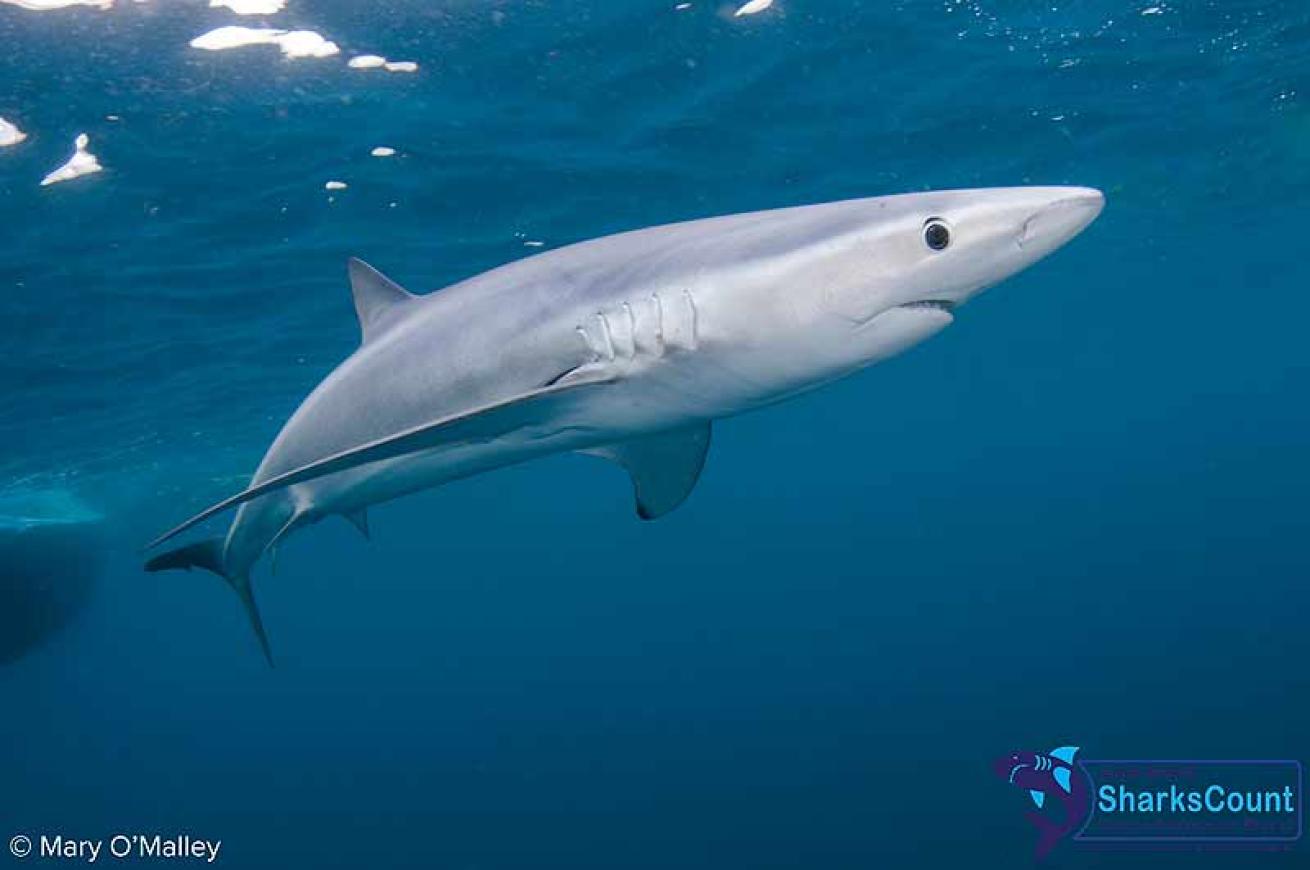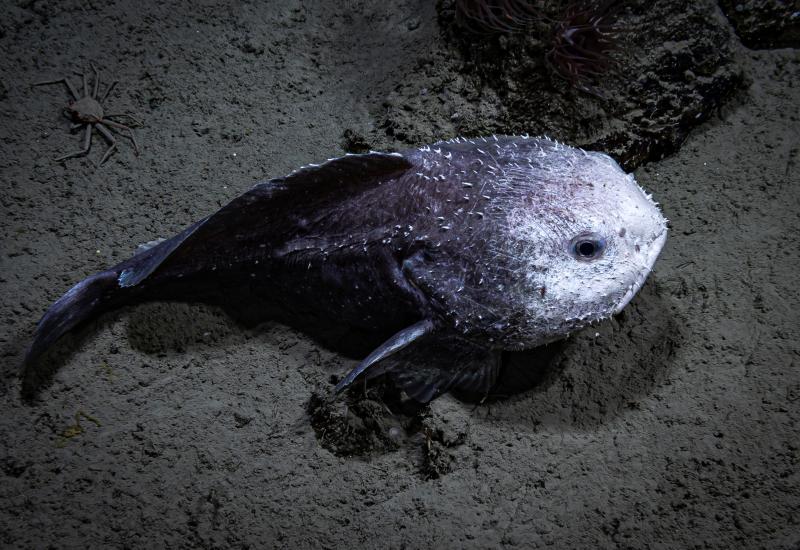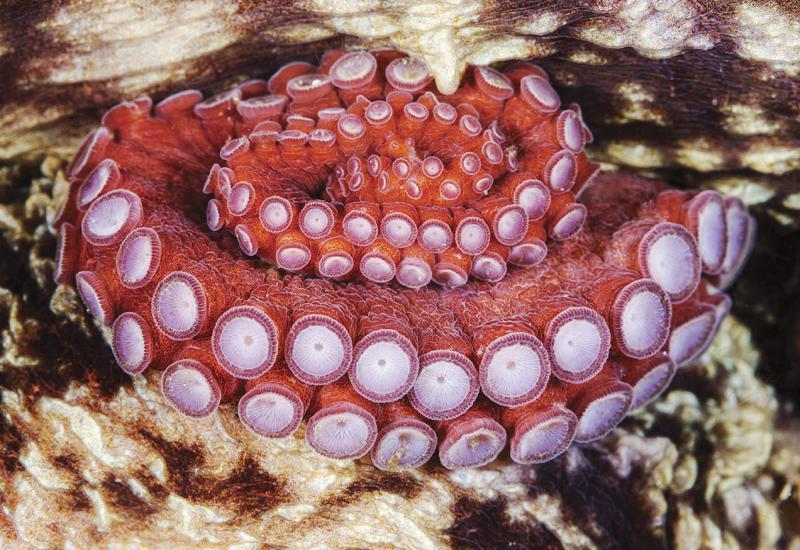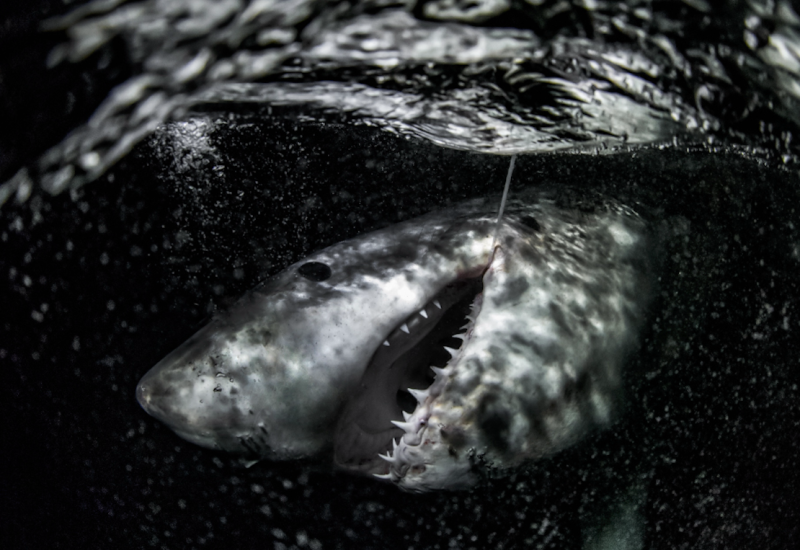Divers Guide to Marine Life: Blue Shark (Prionace Glauca)

Blue shark (Prionace glauca)
They can have about 35 pups at one time with up to 135 in a litter.
Click HERE for more fun shark facts!
Mary O'Malley
Blue shark (Prionace glauca)
•Conservation status: IUCN Red Listed as ‘Near Threatened’
•In some countries and fisheries they are called ‘blue dogs’.
•They have slender bodies, long snouts and a distinctive blue coloration on their backs that fades to white underneath.
•They are found throughout both tropical and temperate seas; probably the most wide-ranging of all the sharks with one tagged blue shark in New Zealand later being recovered 1,200 km away off the coast of Chile.
•They can have about 35 pups at one time with up to 135 in a litter.
•The females’ skin is significantly thicker than the males’ to withstand biting as part of courtship and mating. And the females can ‘store’ sperm, presumably until conditions are just right for fertilization and more baby sharks.
•They feed on many different kinds of fishes including herring, hake, cod, mackerel, flounders, small sharks, and invertebrates like squids, crabs, whale carcasses, and occasionally sea birds.
Information provided by the SharksCount program. Find out more about citizen science for sharks at www.sharksavers.org/sharkscount.
Click HERE to see the full list of sharks.

Mary O'MalleyThey can have about 35 pups at one time with up to 135 in a litter.
Click HERE for more fun shark facts!
Blue shark (Prionace glauca)
•Conservation status: IUCN Red Listed as ‘Near Threatened’
•In some countries and fisheries they are called ‘blue dogs’.
•They have slender bodies, long snouts and a distinctive blue coloration on their backs that fades to white underneath.
•They are found throughout both tropical and temperate seas; probably the most wide-ranging of all the sharks with one tagged blue shark in New Zealand later being recovered 1,200 km away off the coast of Chile.
•They can have about 35 pups at one time with up to 135 in a litter.
•The females’ skin is significantly thicker than the males’ to withstand biting as part of courtship and mating. And the females can ‘store’ sperm, presumably until conditions are just right for fertilization and more baby sharks.
•They feed on many different kinds of fishes including herring, hake, cod, mackerel, flounders, small sharks, and invertebrates like squids, crabs, whale carcasses, and occasionally sea birds.
Information provided by the SharksCount program. Find out more about citizen science for sharks at www.sharksavers.org/sharkscount.
Click HERE to see the full list of sharks.










